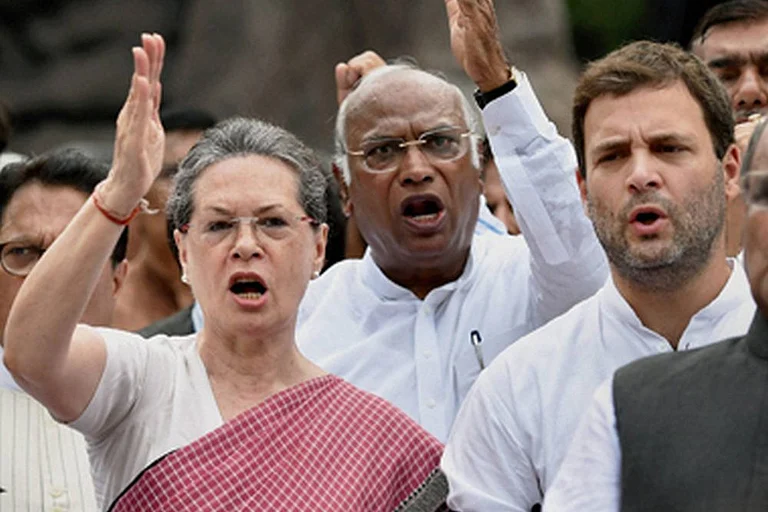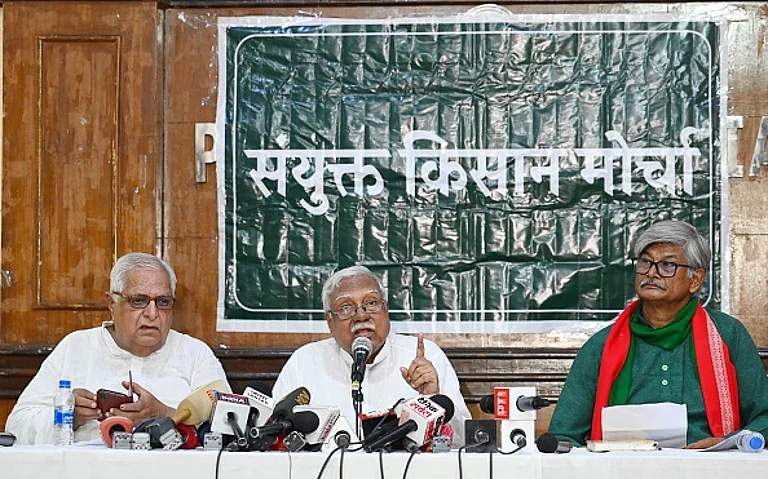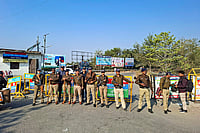In the crowded debate on education, India often measures success through its universities, entrance exams and degrees. For most young Indians, ambition has long been shaped by a narrow imagination of success. If a student performs reasonably well in school, the path to medicine or engineering seems almost predetermined. Everything else, including vocational education, is treated as a compromise rather than a choice. Yet a quieter revolution is reshaping the country’s future, in the workshops of its Industrial Training Institutes. These institutes, long ignored in policy and prestige, are today becoming the foundations of a skilled, self-reliant India.
There are 14,615 ITIs across the country, 3,316 run by the government and 11,299 privately managed. Between 2020 and 2024, 433 new ITIs were established. A national scheme with an investment of sixty thousand crore rupees is now upgrading 1,000 government ITIs under a hub and spoke model, aiming to skill twenty lakh youth over five years. Each hub will function as a regional centre of excellence, linking with local industries and training youth in new-age fields such as electric vehicle maintenance, drone repair, robotics and smart manufacturing.
This change is not merely about infrastructure; it marks a deeper moral shift. For too long, the manual has been treated as lesser than the cerebral, skill as inferior to scholarship, the hand as second to the mind. To give equal dignity to labour is to strengthen democracy itself. A republic that values both thought and craftsmanship becomes more just, more productive and more complete.
India today stands at a defining moment. With one of the youngest populations in the world and rising global ambitions, the country stands before an inflection point. The world is entering an age of acute labour scarcity. High income economies are expected to face a collective shortfall of nearly fifty million workers by 2030, which could swell to over a hundred and fifty million by 2040, spanning sectors from manufacturing and healthcare to education and research. This global gap will need to be filled by nations that can supply both skilled and mobile talent.
India, by contrast, possesses what much of the world lacks: a reservoir of youth and human capital. Even today, Indians working abroad send home about 129 billion dollars in remittances every year, nearly three percent of India’s GDP, more than any single category of merchandise exports. Yet overseas migrants make up barely over one percent of our population. The potential is extraordinary. If harnessed through the right skilling and certification ecosystem, India can expand its presence in global labour markets and become a trusted supplier of talent across sectors.
The reform of ITIs sits at the heart of this vision. By aligning technical education with both domestic demand and international opportunity, India can turn its demographic advantage into an economic one. The upgradation of institutes, the introduction of modern curricula and the expansion of apprenticeships are quietly narrowing the gap between education and employability.
The government has also introduced a national grading and ranking system for ITIs. Using a data-based framework to assess performance on infrastructure, placements and industry linkages, this initiative is designed to give ITIs the visibility and credibility they have long lacked. By recognising excellence, it can finally elevate their standing and bring them on par with other professional institutions.
A 2024 study found that individuals with formal vocational training earn 30 to 40 percent higher wages than those without it. The latest labour survey shows that five sectors – IT, textiles, electronics, healthcare and wellness – now account for more than two-thirds of vocational employment, and most of these are precisely where the world’s future demand will lie.
Still, the journey remains incomplete. Many teaching posts are vacant, and several ITIs have been de-affiliated due to low enrolment. Quantity must not come at the cost of quality. The next phase of reform must ensure that every institute has skilled instructors, up-to-date equipment and strong industry partnerships. Apprenticeships must move from being a formality to a gateway into long-term employment.
Vocational education also demands a change in mindset. It must no longer be seen as a fallback but as a path of ambition and pride. A student who begins at an ITI should be able to advance to a diploma or degree without restarting their journey. Building scholarships, instructor awards and visible pathways of excellence will help create that prestige.
The reforms of the last decade show what determined governance can achieve when human capability becomes the centre of national policy. The transformation of ITIs is not a marginal story; it is a story about the Republic’s idea of itself. The test now is whether we can sustain this progress and use it to position India not only as a workshop for the world but also as its talent hub.
If education is the Republic’s most sacred promise, then the ITI is its quiet fulfilment. It is where policy meets practice, where equality meets excellence and where the dignity of labour becomes the measure of national progress. India’s next chapter will depend not only on how well we think, but on how well we make.
Disclaimer: The views and opinions expressed in this article are those of the author(s) and do not necessarily reflect the official policy or position of the publisher. While every effort has been made to ensure the accuracy of the information, the publisher is not responsible for any errors or omissions, or for the results obtained from the use of this information.






















